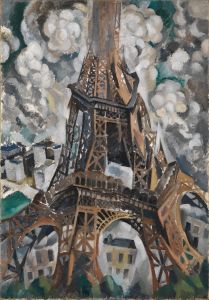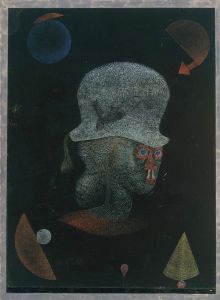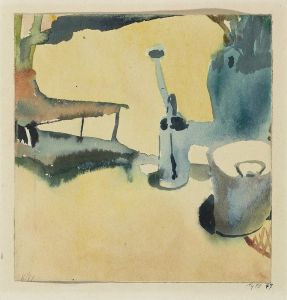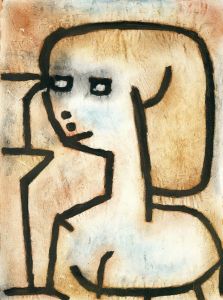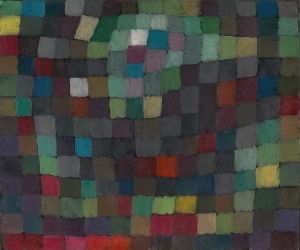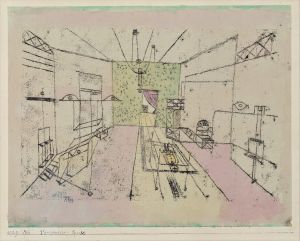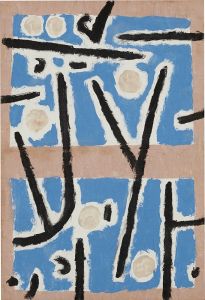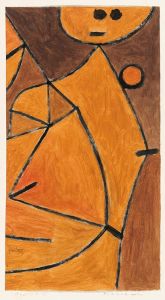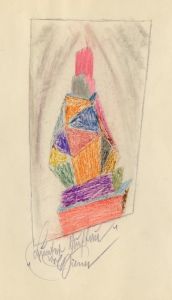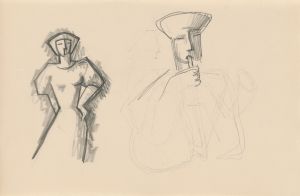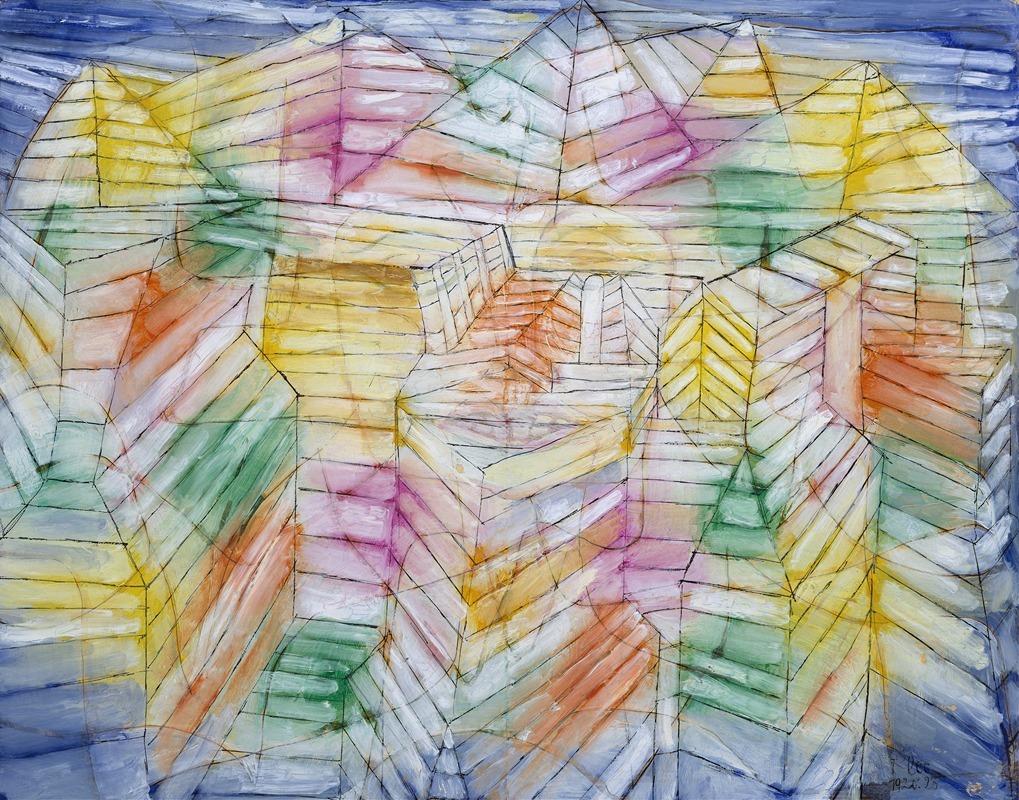
Theater-Mountain-Construction
A hand-painted replica of Paul Klee’s masterpiece Theater-Mountain-Construction, meticulously crafted by professional artists to capture the true essence of the original. Each piece is created with museum-quality canvas and rare mineral pigments, carefully painted by experienced artists with delicate brushstrokes and rich, layered colors to perfectly recreate the texture of the original artwork. Unlike machine-printed reproductions, this hand-painted version brings the painting to life, infused with the artist’s emotions and skill in every stroke. Whether for personal collection or home decoration, it instantly elevates the artistic atmosphere of any space.
Paul Klee's Theater-Mountain-Construction is a painting created in 1920 by the Swiss-born German artist, who is widely regarded as one of the most influential figures in modern art. Known for his highly individual style, Klee's work often blends abstraction with elements of surrealism, cubism, and expressionism. This particular painting reflects his interest in combining geometric forms with imaginative, dreamlike compositions.
Theater-Mountain-Construction is an example of Klee's exploration of architectural and theatrical themes, which were recurring motifs in his work during this period. The painting features a structured arrangement of shapes and lines that evoke the idea of a stage or theatrical setting, juxtaposed with forms resembling a mountainous landscape. The title itself suggests a synthesis of natural and man-made elements, a concept that Klee often explored in his art.
Klee created this work during his tenure at the Bauhaus, the influential German art school where he taught from 1921 to 1931. Although the painting predates his official start at the Bauhaus, it reflects the principles of design and abstraction that he would later emphasize in his teaching. His work during this time was characterized by a meticulous balance between spontaneity and structure, as well as a deep engagement with color theory and symbolism.
The painting is executed in Klee's signature style, which often incorporates a grid-like framework and a muted yet harmonious color palette. The use of geometric shapes and intersecting lines in Theater-Mountain-Construction demonstrates his interest in the interplay between order and chaos, as well as his fascination with the underlying structures of the natural and human-made worlds.
As with much of Klee's work, Theater-Mountain-Construction invites multiple interpretations, but it is firmly rooted in his broader artistic philosophy. Klee believed that art should not merely replicate the visible world but should instead make the invisible visible, revealing deeper truths about existence and creativity.
The painting is currently housed in the collection of the Zentrum Paul Klee in Bern, Switzerland, a museum dedicated to the artist's life and work. The Zentrum Paul Klee holds a significant number of Klee's works and serves as a major resource for the study of his artistic legacy.
Theater-Mountain-Construction remains an important example of Klee's innovative approach to art, showcasing his ability to merge diverse influences into a cohesive and thought-provoking visual language.





